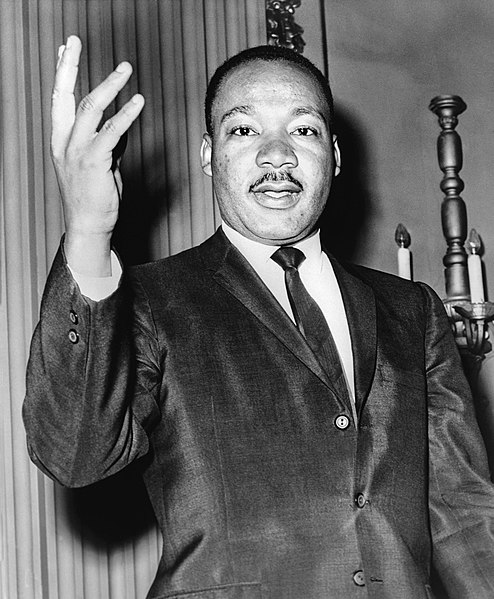“It’s so hot out there, the rattlesnakes wear sombreros and carry canteens.” This is how one of the U.S. Forest Service wildland firefighter described a firefighting environment into which he was being sent.
I recently returned from helping to lead a National Outdoor Leadership School (NOLS) leadership course designed to be part of the curriculum at the
Wildland Apprentice Firefighting Program – or ‘the Academy’ as the firefighters call it, at the old McClelland Air Force Base in Sacramento. In the aftermath of the South Canyon Fire in Colorado in 1994, in which 14 firefighters died, the National Wildfire Coordinating Group created a leadership curriculum for firefighters, and NOLS had been asked to help teach their advanced leadership course. There were 52 firefighters and eight mentors participating in this week long, field-based leadership course. We were broken down into 6 different groups that went into the field separately. Each group was led by two NOLS instructors and one or two mid-to-senior grade firefighting mentor, and included between 9 and 11 wildland firefighters who were assigned as students to the Academy.
“Where rattlesnakes wear sombreros and carry canteens” is a colorful phrase to be sure, but it tells me that the guys and gals who fight our wildland fires spend days, and sometimes weeks working in really hot places. Fighting forest and other wildland fires is serious and dangerous business – and not only the firefighters, but also our country takes their work very seriously. Since the South Canyon fire in 1994, more than 300 wildland firefighters have died in the line of duty.
Wildland firefighters are federal employees, working for the Forest Service and are called upon to respond, often on very short notice, to fight fires all over the country. Not surprisingly, in recent years most wildland fires have been in the West and other drought-stricken areas. The fire season normally begins in May, and has usually run its course by November, at which time full-time firefighters are able to slow down, spend some time with their families, take care of their gear and, and when appropriate, get further professional training (which is what we were doing with them). Between May and November, most wildland firefighters are away from home fighting fires or responding to other emergencies from 50% to 70% of the time.
It shouldn’t be surprising that the wildland firefighter and military cultures have a lot in common, given that both require coordinating significant resources to respond to threats to our communities and ways of life, putting fighters at great risk, often far away from where they live. Indeed firefighting has been a popular destination for military veterans who are looking for the camaraderie, structure, discipline, and sense of purpose that brings a group of men and women together in the face of danger. As in the military, there are elite firefighters – the ‘hotshots’ and the ‘smoke jumpers’ who are the first ones sent in to assess and hopefully contain a fire in its early stages – and there are the essential, but not quite as ‘elite’ support and logistics personnel on whom those on the line depend. And as in the military, there is an ongoing tension between those on the ground who do the (fire)fighting, and those in the rear, who decide when and how to deploy them, and make resource and policy decisions when, as always, everyone can’t get all they want. Both the military and firefighting cultures share an ethos which demands that personal and other concerns be set aside to accomplish a mission that serves the larger community.
For our expedition, I was the #2 NOLS instructor – our course leader was an impressive young man who several years ago had left the Coast Guard to become a full time NOLS instructor and spend nearly 25 weeks a year in the field instructing NOLS courses. Our team of nine ‘hotshot’ firefighters, all men, average age around 30, were still completing other classes at the Academy when we first met them. A couple of days later, early on a Sunday morning, they joined us with their gear ready to go. We packed our packs, loaded the vehicles and departed on a 4 hour drive to a remote road-head in the Lassen National forest, northeast of Chico, California.
We had 7 days and 6 nights to hike from the south to the north end of the Ishi Wilderness, and to teach a very full plate of leadership curriculum, in addition to all the hiking, cooking, and camping skills we had to teach. Though wildland firefighters spend days and weeks in the outdoors fighting fires, they normally have a support infrastructure not too far from the firefighting line, where they go to eat and sleep at the end of their shift, before they are sent back onto the line for 12 more hours. Backpacking, cooking meals over a whisper-lite stove, and off trail navigation, are not normally part of the wildland firefighters training and skill set, which is partly why this course was to be a test of their resilience and leadership.
As on every NOLS course I’ve been on, ‘kaka’ just seems to happen in the field to make things challenging and interesting, and which tests our resilience and leadership. When the trails on the map did not match the trails on the ground (we purposefully don’t use GPS) we got lost, and had to deal with different reactions to uncertainty, fatigue, and discomfort in our hiking group. When my hiking group was unable to make the end-of-day rendezvous with the other group, we realized that the leaders-of-the-day had not divided up the gear properly – the other group had three tents, we had one – so we jammed 5 large men into a tent made for, at most, 4. The next day, a cold front moved in, and in 10 short minutes, the temperatures dropped from a comfortable high fifties to low thirties, with almost gale force winds, snow and sleet blowing sideways. That night, we camped cold and ‘dry’ (there was no water source nearby,) so while we learned about hypothermia prevention, we also learned about melting snow for water, keeping our boots from freezing, and other important cold weather skills.
‘Tolerance for uncertainty and adversity’ is one of the NOLS leadership skills, and indeed these ‘adversities’ were the highlights of the week. In the retelling, I enjoyed listening to how 30 degrees became 20, then 10 degrees, and how we had trudged, head down through a white-out snow blizzard, facing all but certain death! Yep, these are the same kind of guys I spent my career with in the military!
We were in the field over 7 and 8 November – national Election Day. We were carrying a satphone and discussed the option of calling in to learn the results, but our firefighters opted NOT to find out who won the national election until after we returned. They preferred to keep our wilderness experience ‘pure,’ unadulterated by the chaos we knew was going on in the ‘front country.’ We often remarked to ourselves how, in our simple lives of hiking, cooking, eating, sleeping – the election seemed so remote and irrelevant. At the end of the week, sitting at the road-head waiting for our pick up vehicle, many had all but forgotten about the election. But I stopped a passing hunter in his pick-up truck, and learned the news.
In our group, just like in the rest of America, there were some who were elated, some who were disappointed, others who were indifferent. But the results had no impact on our expedition, or what we had learned, or how we felt about each other. We had just spent a week sleeping, cooking, eating, and hiking together, taking care of each other, in good times and bad, and in the process, we became better men together. And as a result, I believe they also became better firefighters, more resilient and effective leaders, better able to protect the rest of us and our wildlands from the scourge of uncontrolled fires. To us, in that time and place, that is what was most important, most immediate, most relevant. And, we didn’t see any rattlesnakes, with or without sombreros!































